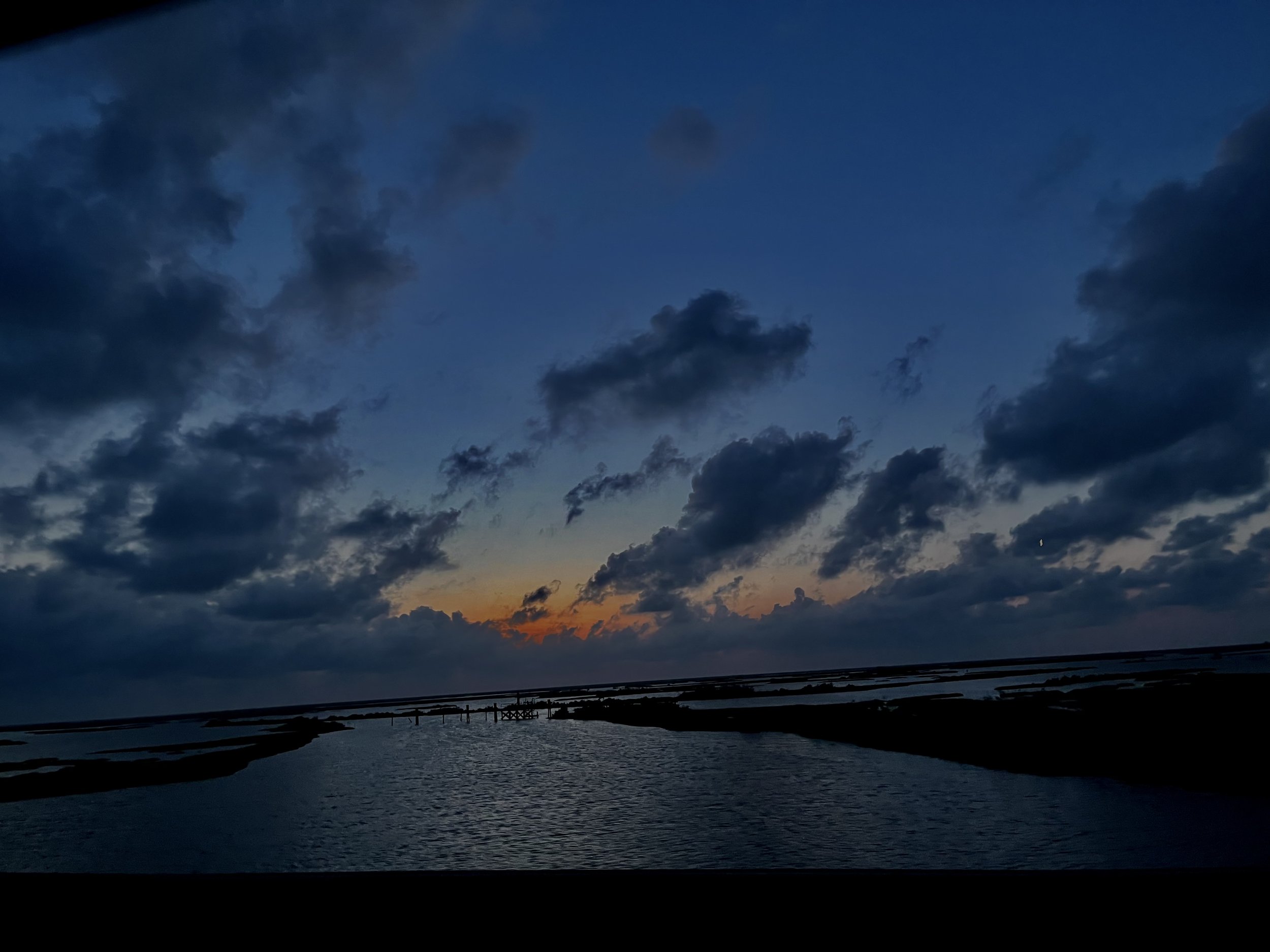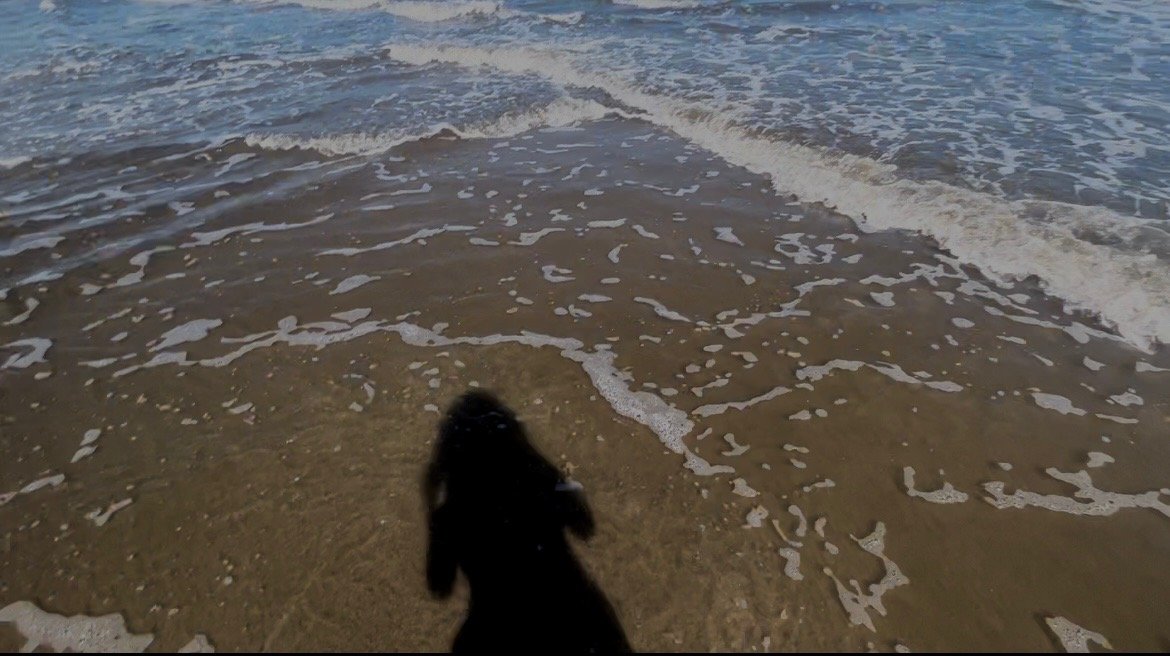““The place was too modest to attract the attention of people of fashion, and so quiet as to have escaped the notice of those in search of pleasure and dissipation… [Edna] often stopped there during her perambulations; sometimes taking a book with her, and sitting an hour or two under the trees when she found the place deserted.””
Why Tulane? It sounds like a question one would find on their college application. However, this is the question I have been asking myself over the past week while our cohort has been bookpacking the Big Easy. I have spent countless hours of my stay here in New Orleans on Tulane’s campus - specifically in the air-conditioned, near-empty Tulane Newcomb Business School Complex - reading, blogging, and writing essays for class. The first few times I came to the business school I knew exactly why I was here: it was a quiet place to study and escape the relentless New Orleans humidity and heat, as well as a place that I remembered from my college admissions visits as quite a nice spot to lounge. However, walking along the naturally lit, silent halls and sitting in my plump, Mississippi-river water-green revolving chair for the fifth or sixth time just this week, I wonder what draws me to Tulane. I also contemplate what leads some authors - including some of the novelists whose works we have read while bookpacking - to incorporate Tulane University into their novels, either by recounting their characters’ experiences as students of this prominent New Orleans university or by making the campus a literary setting for events to unfold on or around.
The area in which I sat down to read, study, and decompress each day at Tulane, featuring the Mississippi-river water-green chair.
Part of the reason I personally keep coming back to and thinking about Tulane is that it has become my spot in New Orleans. Just as Edna’s spot in Kate Chopin’s “The Awakening” was a small, secluded coffee shop in the New Orleans suburbs - a spot she could go to read, relax, and decompress - my place is Tulane University’s Business School building. On the fourth floor of the building, it's so air-conditioned it almost feels as if I am back in the Bay Area hiking on a foggy morning, so silent that the drop of a pen could disturb the calm serenity of the place, and almost completely naturally lit by the magnificent skylights spanning from one side of the elongated building to the other. Sitting in my comfy chair with a book in hand, I understand how Edna feels when she rests below the canopy of tree branches shading her secluded cafe’s patio; in such a lively city that never sleeps like New Orleans, it feels great to have a calm, quiet, and most importantly personal place in which to decompress.
The other reason for my return to Tulane is that the university holds a special place in my heart. Not only is Tulane one of only three universities I was seriously considering attending - and walking along the oak tree-lined pathways I can imagine a life in which I had indeed chosen to attend - but also I have visited the school on numerous occasions and now feel connected to both Tulane’s campus and the surrounding area. I have come to the university three times before for college campus visits at various stages of the college admissions and decision process. With each visit, I have been able to explore and enjoy the campus, the adjacent Audobon Park, the many amazing restaurants nearby, and the streetcar system running along Saint Charles Avenue. Each visit and every new experience made has solidified the location as my favorite area in New Orleans, which is why I knew when coming back to the Crescent City for this Maymester that I had to revisit Tulane.
Shot of the Tulane Newcomb Business School at night.
I know why I love Tulane and have come to associate it with the New Orleans experience, but the question I have been asking myself is why Tulane is present in so many New Orleans novels. In John Kennedy Toole’s “A Confederacy of Dunces” both Ignatius and Myrna Minkoff are described as to have studied at Tulane - with Ignatius specifically earning a Master’s degree in Medieval studies from the university - and in Walker Percy’s “The Moviegoer” the protagonist, Jack “Binx” Bolling, and his friend Walter are said to be former students and fraternity brothers at Tulane. Additionally, Binx is shown in Percy’s novel returning to Tulane to watch a film at a local theater he once frequented and reminisce about his collegiate years.
Picture of John Kennedy Toole taken in 1961, two years after Toole graduated from Tulane.
I believe that the pervasive presence of Tulane in popular New Orleans novels is due to two factors. The first factor is that many prominent New Orleans writers local to the area - and specifically white authors since the university didn’t desegregate until the 1960s and even afterwards the university educated only a small percentage of Black New Orleans college students - attended Tulane themselves. After attending this prominent university, these alumni authors probably felt it only made sense that their New Orleanian characters attend the school they had come to not only love but to associate with New Orleans and the New Orleans collegiate experience. In other words, due to these authors’ own New Orleans collegiate experiences at Tulane, they likely felt when creating their characters that it was only fitting their New Orleanian characters attend, in their eyes, the one true New Orleans university. Another reason that these alumni novelists may have chosen to incorporate Tulane into their characters’ stories is that they may have been aiming to base their characters on themselves. In pursuit of this goal, it’s only natural that these authors’ characters would attend the same university as them and have a similar collegiate experience. One example of this is New Orleans author John Kennedy Toole, who both during and after his time as a Tulane student was known to be somewhat of an outsider, an intelligent yet strange person who had a hard time forming relationships with others. The protagonist of Toole’s “A Confederacy of Dunces”, Ignatius, holds many similarities to the creator he is partially based off of, being both a Tulane alumni and a misfit.
An image of Tulane students gathered in protest, from the 1970 student yearbook.
However, the more exciting reason that pushes authors to incorporate Tulane into their stories and characters is that Tulane has such deep academic roots in New Orleans - especially among the city’s white population - that it is virtually impossible to emit Tulane from New Orleans stories centered around New Orleanian characters. Founded in 1834 as a medical school to help counter epidemic smallpox, yellow fever, and cholera outbreaks, Tulane has since developed into an elite, private research university that is not only considered the premier university of New Orleans but of the greater Deep South. While Tulane has and continues to educate scholars from across the globe, it has always disproportionately serviced the Louisiana - and specifically New Orleans - community. Because of this, there is a long history of white New Orleans families sending their children to study at Tulane, just as the parents of the family once did. While Tulane has historically serviced generally wealthier, white New Orleanians - meaning the history of New Orleanians being educated at Tulane only applies to select groups in New Orleanian society - many New Orleans novels center around characters from this exclusive group. Some examples from our bookpacking books of New Orleans novels that center on this rich, white group include “The Moviegoer”, “The Awakening”, and “Interview With the Vampire”. So, when these numerous New Orleans novelists - who are writing books centered around wealthy, white New Orleanian characters - are deciding what educational background to endow upon their characters, it only makes sense for these characters - given the university’s long-held ties with the rich, white New Orleans community - to have attended Tulane. Tulane is linked to New Orleans’ wealthy, white community through decades of history of educating this select group, so to write a story centered around a New Orleans wealthy, white character is to inevitably write a story with ties to the Crescent City’s premier university.
For the umpteenth time, I exit the Tulane Newcomb Business building as the sun sets, the dimming light illuminating the oak trees with an orange hue. As I wait along Saint Charles Avenue for the streetcar to arrive, I gaze upon Tulane. Do I wish I had attended Tulane even now? No, I love USC and my (albeit short) experience as a student at the university has been truly amazing. However, the side of me that loves New Orleans, this fantastical and mysterious city, will always hold some longing for Tulane; this side of me knows the experience of being a student at the university would not only have allowed me to better understand the university and its historical importance but also better understand the city of New Orleans which has been so heavily influenced by its premier university. This thought wisps away with the arrival of the nearly empty streetcar. I step onboard and watch through the open streetcar window as Tulane fades in the distance, knowing I will be back the next day to go through the same serene routine.








































































































